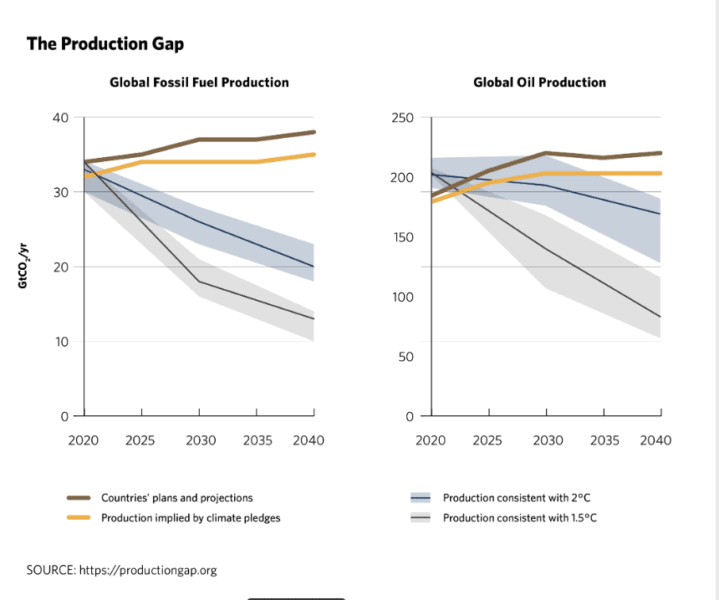
On Monday, the U.S. government gave final approval for the Willow project, a massive operation that will allow ConocoPhillips to drill for oil on public land in Alaska. If Willow produces as much oil over thirty years as expected, the consumption of that oil would release the equivalent of 277 million tons of carbon dioxide into the atmosphere. That’s about 4 percent of U.S. annual emissions, from one project, at a time when emissions need to fall rapidly for the country to achieve its goal of net-zero emissions by 2050. By approving Willow, U.S. President Joe Biden broke a campaign promise that there would be “no new drilling, period” on federal lands.
No one project will make or break U.S. climate ambitions, and Willow’s story is politically and legally nuanced. Even as the Bureau of Land Management gave Willow the green light, the Department of the Interior said it would restrict future drilling in other parts of Alaska. Alaskan legislators suggested they may challenge those “legally dubious” restrictions on future oil extraction, while environmental groups are preparing lawsuits to try […]










